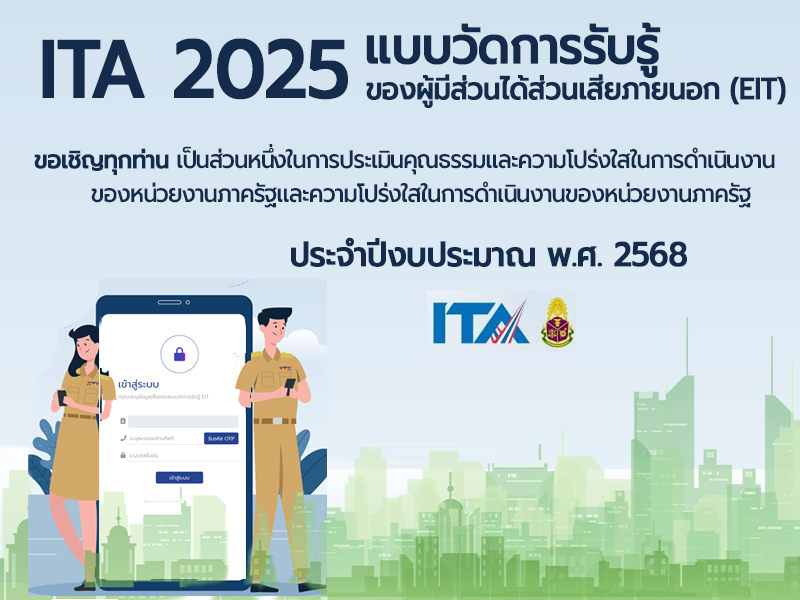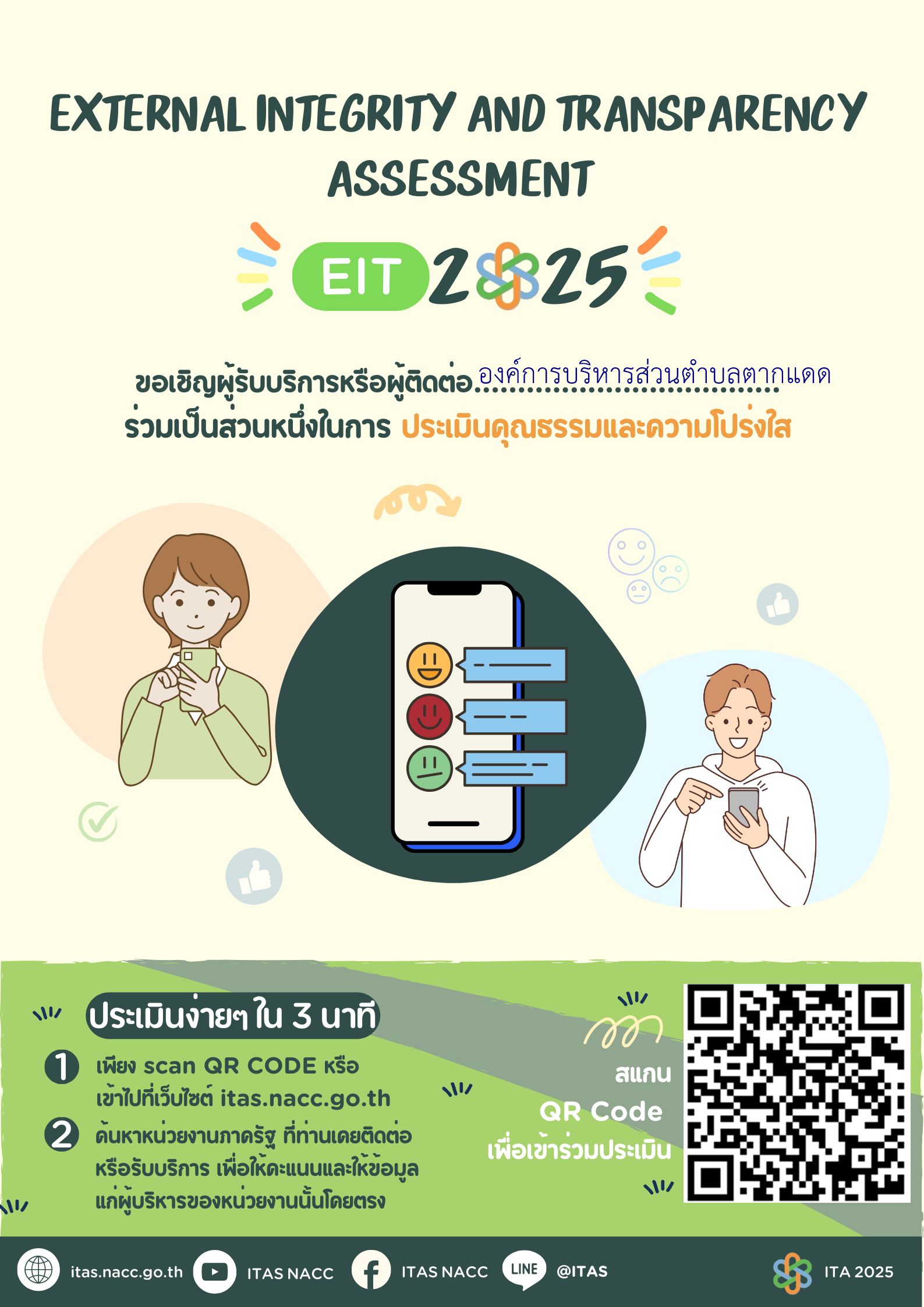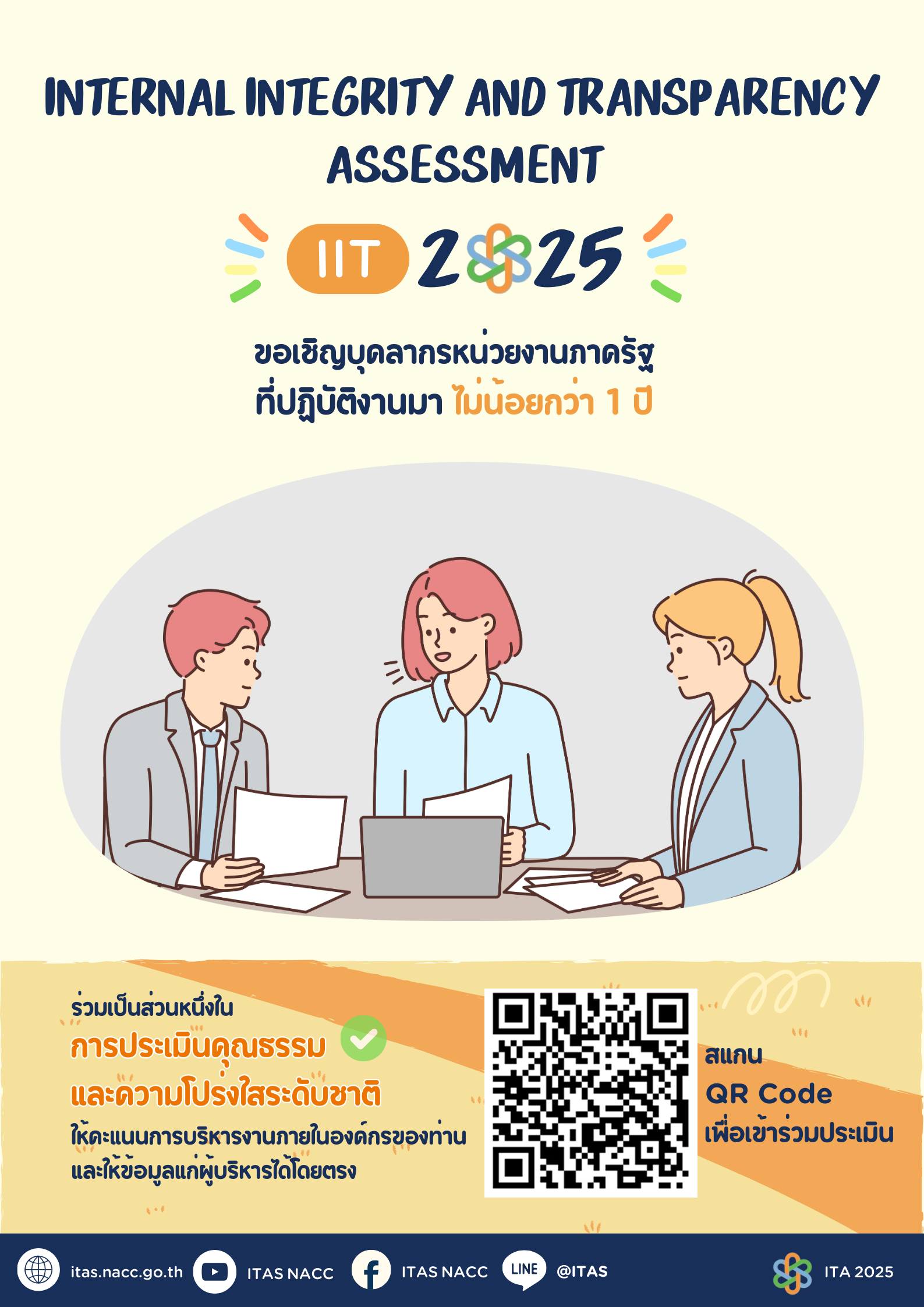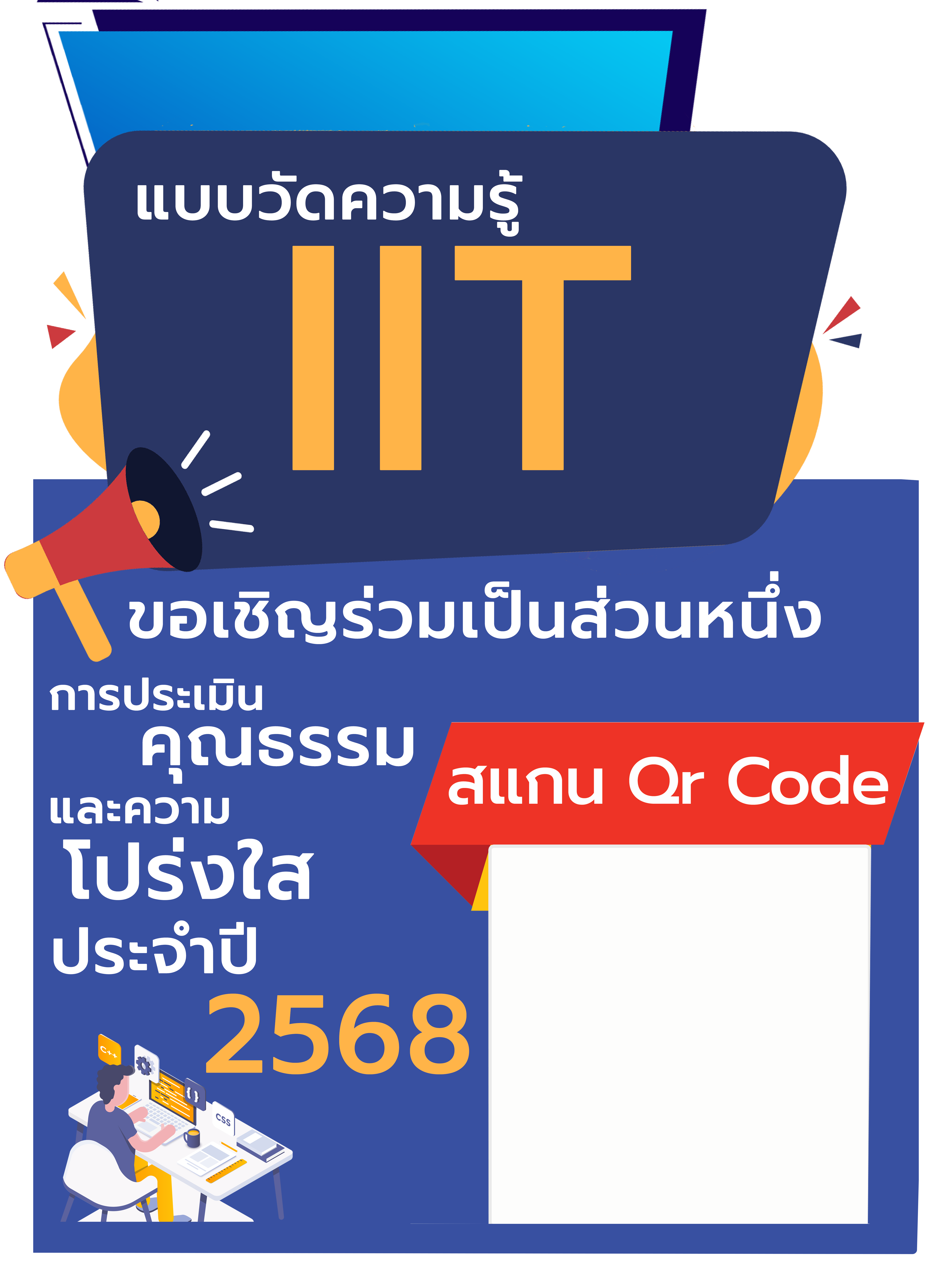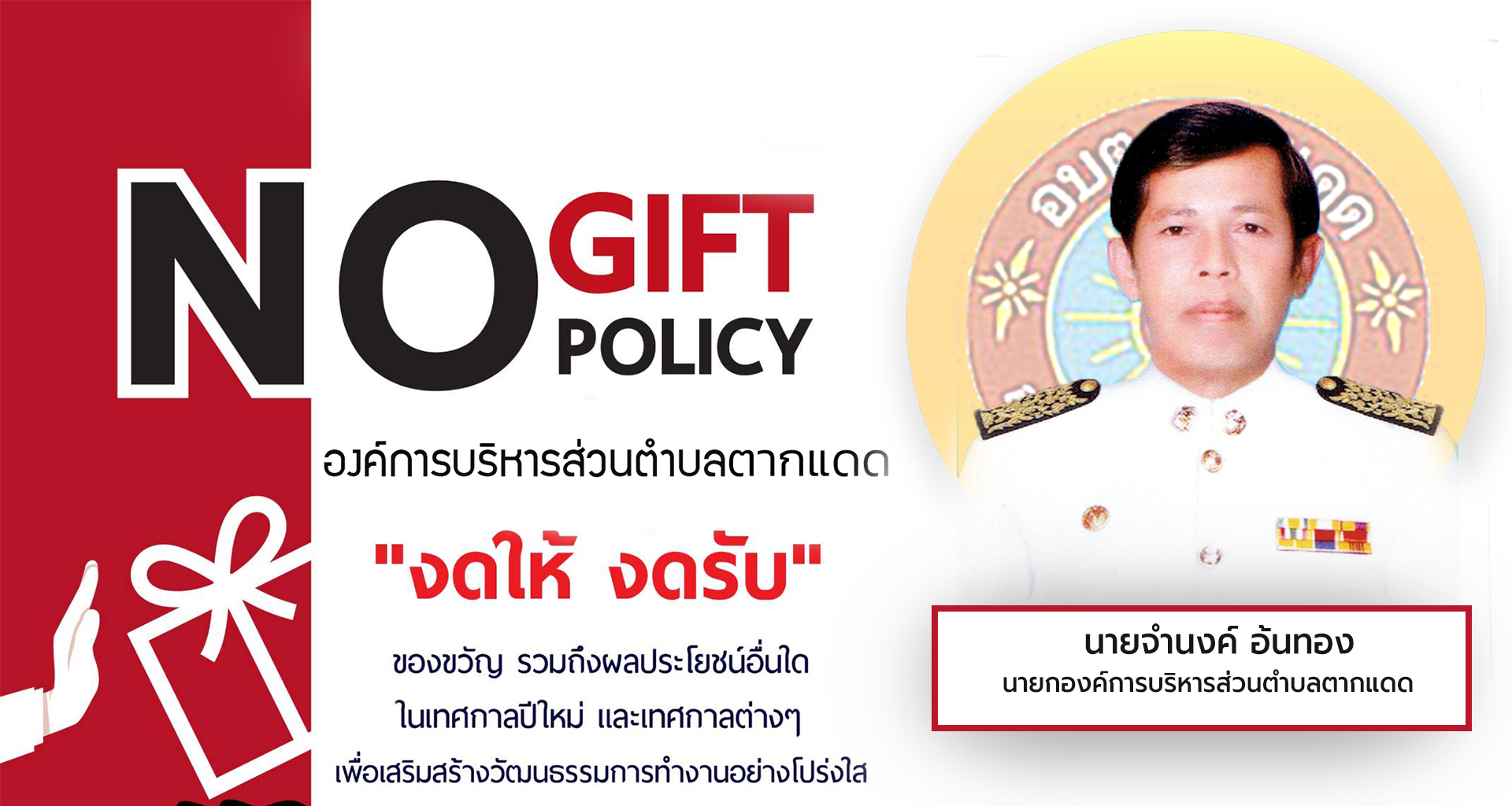อำนาจหน้าที่
29 กันยายน 2565
7
รูปแบบองค์การ
องค์การบริหารส่วนตำบล ประกอบด้วย สภาองค์การบริหารส่วนตำบล และนายกองค์การบริหารส่วนตำบล
-
สภาองค์การบริหารส่วนตำบล ประกอบด้วยสมาชิกสภาองค์การบริหารส่วนตำบล จำนวนหมู่บ้านละสองคน ซึ่งเลือกตั้งขึ้นโดยราษฎรผู้มีสิทธิเลือกตั้งในแต่ละหมู่บ้านในเขตองค์การ บริหารส่วนตำบลนั้น กรณีที่เขตองค์การบริหารส่วนตำบลใดมีเพียงหนึ่งหมู่บ้านให้มีสมาชิกองค์การ บริหารส่วนตำบลจำนวนหกคน และในกรณีมีเพียงสองหมู่บ้านให้มีสมาชิกองค์การบริหารส่วนตำบล หมู่บ้านละสามคน
-
องค์การบริหารส่วนตำบลมีนายกองค์การบริหารส่วนตำบล หนึ่งคน ซึ่งมาจาก[[การเลือกตั้งผู้บริหารท้องถิ่นโดยตรง|การเลือกตั้งโดยตรงของ ประชาชนตามกฎหมายว่าด้วยการเลือกตั้งสมาชิกสภาท้องถิ่นหรือผู้บริหารท้องถิ่น
กฎหมายกำหนดให้มีคณะกรรมการบริหาร อบต. (ม.58) ประกอบด้วย นายกองค์การบริหารส่วนตำบล 1 คน รองนายกองค์การบริหารส่วนตำบล 2 คน ซึ่งมาจากการเลือกตั้งโดยตรงของประชาชน ผู้บริหารขององค์การบริหารส่วนตำบล หรือ ผู้บริหารท้องถิ่น เรียกว่า นายกองค์การบริหารส่วนตำบล ซึ่งมาจากการเลือกตั้งผู้บริหารท้องถิ่นโดยตรง อำนาจหน้าที่ของ อบต.
อบต. มีหน้าที่ตามพระราชบัญญัติสภาตำบล และองค์การบริหารส่วน ตำบล พ.ศ. 2537 และ แก้ไขเพิ่มเติม (ฉบับที่ 3 พ.ศ. 2542)
1.พัฒนาตำบลทั้งในด้านเศรษฐกิจ สังคม และวัฒนธรรม (มาตรา 66)
2. มีหน้าที่ต้องทำตามมาตรา 67 ดังนี้
2.1. จัดให้มีและบำรุงทางน้ำและทางบก
2.2. การรักษาความสะอาดของถนน ทางน้ำ ทางเดินและที่สาธารณะ รวมทั้งการกำจัดขยะมูลฝอยและสิ่งปฏิกูล
2.3. ป้องกันโรคและระงับโรคติดต่อ
2.4. ป้องกันและบรรเทาสาธารณภัย
2.5. ส่งเสริมการศึกษา ศาสนาและวัฒนธรรม
2.6. ส่งเสริมการพัฒนาสตรี เด็กและเยาวชน ผู้สูงอายุและพิการ
2.7. คุ้มครอง ดูแลและบำรุงรักษาทรัพยากรธรรมชาติและสิ่งแวดล้อม
2.8. บำรุงรักษาศิลปะ จารีตประเพณี ภูมิปัญญาท้องถิ่นและวัฒนธรรมอันดีของท้องถิ่น
2.9. ปฏิบัติหน้าที่อื่นตามที่ทางราชการมอบหมาย
3.มีหน้าที่ที่อาจทำกิจกรรมในเขต อบต. ตามมาตรา 68 ดังนี้
3.1. ให้มีน้ำเพื่อการอุปโภค บริโภคและการเกษตร
3.2. ให้มีและบำรุงไฟฟ้าหรือแสงสว่างโดยวิธีอื่น
3.3. ให้มีและบำรุงรักษาทางระบายน้ำ
3.4. ให้มีและบำรุงสถานที่ประชุม การกีฬา การพักผ่อนหย่อนใจและสวนสาธารณะ
3.5. ให้มีและส่งเสริมกลุ่มเกษตรกร และกิจการสหกรณ์
3.6. ส่งเสริมให้มีอุตสาหกรรมในครอบครัว
3.7. บำรุงและส่งเสริมการประกอบอาชีพ
3.8. การคุ้มครองดูแลและรักษาทรัพย์สินอันเป็นสาธารณสมบัติของแผ่นดิน
3.9. หาผลประโยชน์จากทรัพย์สินของ อบต.
3.10. ให้มีตลาด ท่าเทียบเรือ และท่าข้าม
3.11. กิจการเกี่ยวกับการพาณิชย์
3.12. การท่องเที่ยว
3.13. การผังเมือง
อำนาจหน้าที่ตามแผนและขั้นตอนการกระจายอำนาจ
พระราชบัญญัติกำหนดแผนและขั้นตอนการกระจายอำนาจให้แก่องค์กรปกครองท้อง ถิ่น พ.ศ. 2542 กำหนดให้ อบต.มีอำนาจและหน้าที่ในการจัดระบบการบริการสาธารณะ เพื่อประโยชน์ของประชาชนในท้องถิ่นของตนเองตามมาตรา 16 ดังนี้
-
การจัดทำแผนพัฒนาท้องถิ่นของตนเอง
-
การจัดให้มี และบำรุงรักษาทางบกทางน้ำ และทางระบายน้ำ
-
การจัดให้มีและควบคุมตลาด ท่าเทียบเรือ ท่าข้าม และที่จอดรถ
-
การสาธารณูปโภค และการก่อสร้างอื่นๆ
-
การสาธารณูปการ
-
การส่งเสริม การฝึก และการประกอบอาชีพ
-
คุ้มครอง ดูแล และบำรุงรักษาทรัพยากรธรรมชาติ และสิ่งแวดล้อม
-
การส่งเสริมการท่องเที่ยว
-
การจัดการศึกษา
-
การสังคมสงเคราะห์ และการพัฒนาคุณภาพชีวิตเด็ก สตรี คนชรา และผู้ด้อยโอกาส
-
การบำรุงรักษาศิลปะ จารีตประเพณี ภูมิปัญญาท้องถิ่น และวัฒนธรรมอันดีของท้องถิ่น
-
การปรับปรุงแหล่งชุมชนแออัด และการจัดการเกี่ยวกับที่อยู่อาศัย
-
การจัดให้มี และบำรุงรักษาสถานที่พักผ่อนหย่อนใจ
-
การส่งเสริมกีฬา
-
การส่งเสริมประชาธิปไตย ความเสมอภาค และสิทธิเสรีภาพของประชาชน
-
ส่งเสริมการมีส่วนร่วมของราษฎรในการพัฒนาท้องถิ่น
-
การรักษาความสะอาด และความเป็นระเบียบเรียบร้อยของบ้านเมือง
-
การกำจัดมูลฝอย สิ่งปฏิกูล และน้ำเสีย
-
การสาธารณสุข การอนามัยครอบครัว และการรักษาพยาบาล
-
การจัดให้มี และควบคุมสุสาน และฌาปนสถาน
-
การควบคุมการเลี้ยงสัตว์
-
การจัดให้มี และควบคุมการฆ่าสัตว์
-
การรักษาความปลอดภัย ความเป็นระเบียบเรียบร้อย และการอนามัย โรงมหรสพ และสาธารณสถานอื่นๆ
-
การจัดการ การบำรุงรักษา และการใช้ประโยชน์จากป่าไม้ ที่ดิน ทรัพยากรธรรมชาติและสิ่งแวดล้อม
-
การผังเมือง
-
การขนส่ง และการวิศวกรรมจราจร
-
การดูแลรักษาที่สาธารณะ
-
การควบคุมอาคาร
-
การป้องกันและบรรเทาสาธารณภัย
-
การรักษาความสงบเรียบร้อย การส่งเสริมและสนับสนุนการป้องกันและรักษาความปลอดภัยในชีวิต และทรัพย์สิน
-
กิจอื่นใด ที่เป็นผลประโยชน์ของประชาชนในท้องถิ่นตามที่คณะกรรมการประกาศกำหนด
The organization.
ORGANIZATION IS THE ORGANIZATION. AND PRESIDENT OF THE ORGANIZATION.
-
Council Organization. The District Board of Administration. Of the two men. The representatives elected by voters in each village in the organization.The district administration. If the Organization is only one village of the organization. Administrative six people. In the event that there are only two members of the Organization. The three people.
-
Tambon Administrative Organization and president of one who election of local administrators directly. The direct election of The law governing the election of members of the local council or the local executive.
Community law requires the Board of Directors (58 m) consists of the President, Vice President, Organization 1 Organization 2, which is directly elected by the public. Organization and management of the district administration as President of Organization. The election of local administrators directly to [the] authority of the Board
Skip the Act, the District Council. Organization and Administration Act 2537 and Amendment Act (No. 3, 2542).
-
Improvement District in the economy, society and culture (Article 66).
-
An obligation to do so under Section 67 below.
2.1. Provide and maintain water and land.
2.2. Maintaining the cleanliness of the water, and the public. And disposal of solid waste and sewage.
2.3. Prevent and suppress disease.
2.4. Prevention and Mitigation.
2.5. Further study. Religion and culture.
2.6. Promote the development of women. Children and youth. The elderly and disabled.
2.7. Protection and maintenance of natural resources and the environment.
2.8. Maintain traditional art and culture of the local indigenous knowledge.
2.9. Perform other duties assigned by the government.
-
Shall be made in the Board by Section 68 as follows.
3.1. Provide water for consumption. Consumption and agriculture.
3.2. Provide and maintain electric light or other means.
3.3. Provide and maintain drainage.
3.4. Provide and maintain a meeting place for sports, recreation and parks.
3.5. Provide and promote farmers. And cooperative ventures.
3.6. Promote the industry in the family.
3.7. Nurture and promote the professional.
3.8. Protected and preserved as public property.
3.9. A benefit from the property of the Ministry of
3.10. A market waterfront docks and over.
3.11. Related to commerce.
3.12. Tourism
3.13. The city.
Authorized by the plan and the process of decentralization.
Act and the decentralization plan to the local governing body, 2542 the Board has the authority and responsibility to organize the public service. For the benefit of local people in their Section 16 below.
-
The preparation of local development plans of their own.
-
Provision and maintenance of ground water. And drainage.
-
Provision and control crossing the harbor docks and parking.
-
Utilities. And other construction.
-
Utilities.
-
Promote training and employment.
-
Protection and maintenance of natural resources. And the environment.
-
A promotional tour.
-
Their education.
-
A social worker. And improving the quality of life of children, women, the elderly and the disadvantaged.
-
The maintenance of traditional indigenous art. And local culture.
-
A Purge ghetto. And management of the housing.
-
The provision and maintenance of recreation facilities.
-
Promote sports.
-
The promotion of democracy, equality and freedom of the people.
-
Promote the participation of citizens in local development.
-
Kept clean. And order of the country.
-
The disposal of sewage and waste water.
-
Public health, family And medical care.
-
The provision and control of cemeteries and crematorium.
-
The control animals.
-
The Provide and control animals.
-
The security. Tidiness and hygiene theaters and other public place.
-
A maintenance management. And use of forest land, natural resources and the environment.
-
The city.
-
Transportation and traffic engineering.
-
The preservation of the public.
-
The building.
-
Prevention and Mitigation.
-
Maintain order. To promote and support the protection and security of life and property.
-
Activities, as well as other local residents as prescribed by the Board.
